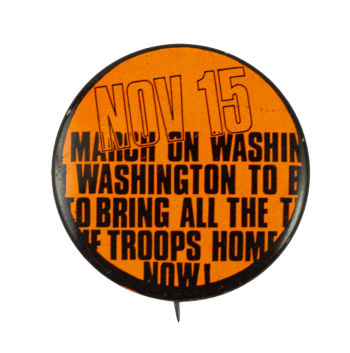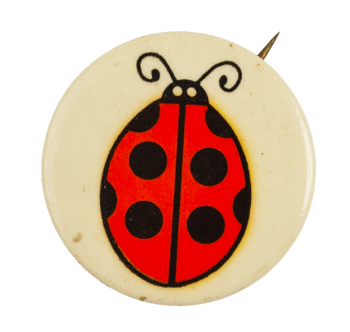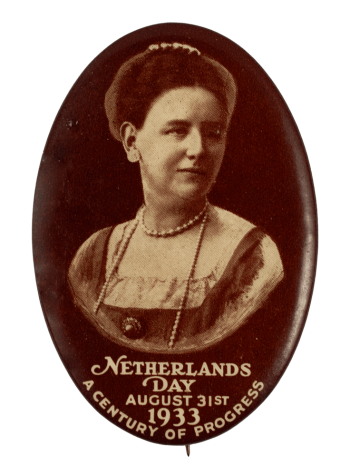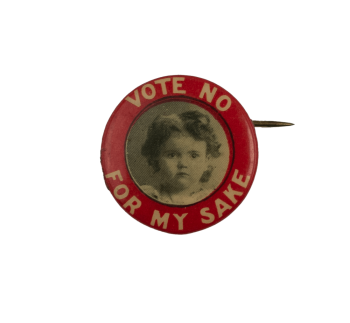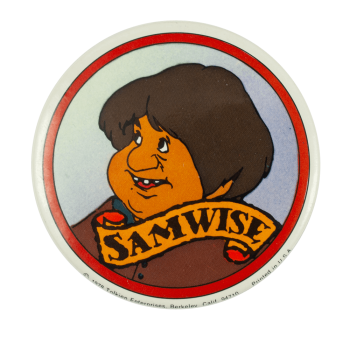Colorado Springs Association for the Blind
| Category | |
|---|---|
| Additional Images | |
| Sub Categories | |
| Text on Button | COLORADO SPRINGS ASSOCIATION FOR THE BLIND |
| Image Description | Blue text on a cream colored background. |
| Back Paper / Back Info |
KEYSTONE BADGES Attached to back is fraying piece of blue, white, and red fabric |
| Back Style | |
| The Shape | |
| The Size | |
| Additional Information | The Colorado Springs Association for the Blind is a local chapter of the National Federation for the Blind in Colorado (NFBCO). The nonprofit organization advocates for and supports individuals affected by visual impairments, along with their friends and family. Aside from community outreach, NFBCO publishes The Blind Coloradan, a monthly newsletter that aims to assist blind people and highlight resources to improve the daily lives of those affected by blindness. |
| Sources |
Home | National Federation of the Blind of Colorado. (n.d.). https://nfbco.org/ COLORADO SPRINGS CHAPTER | National Federation of the Blind Affiliates. (n.d.). https://nfbaff1d9qa.pumexcomputing.com/chapters-divisions/colorado-springs-chapter |
| Catalog ID | CA0933 |





